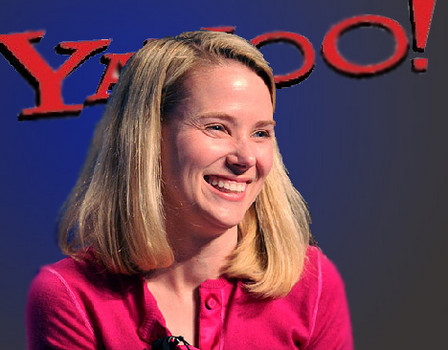
I normally skip the adverts and go straight to the Youtube video I want to watch. This time however, not only did I watch all of Google Chrome’s “The web is what you make of it” advert on Julie Deane, but I immediately skipped my video and opened Google instead. Intrigued by the 60-second clip and hoping to learn exactly how she turned her home business to household name, I did further research on Julie Deane and her company The Cambridge Satchel Company and discovered both a mother determined to make ends meet for her children and a resourceful entrepreneurial spirit behind a successful brand.
Deane wanted to transfer her bullied daughter into private school. So with just £600 and no prior business knowledge, Deane founded The Cambridge Satchel Company. Her limited budget to cover all the start up expenses for her company, including promotional leaflets and the initial batch of bags, would normally deter aspiring entrepreneurs. But Deane saw things differently: “A limited budget makes you more creative – you know it’s about you making money, not how other businesses have done it before you.”
Since starting her business in 2008, Deane has since grown her business to an almost £12 million turnover with 70 employees and a global network of 100 countries. Her strength lies in her entrepreneurial ability to envision the untapped market and create a demand for her highly differentiated, traditional Harry Potter style satchel bags. Not only did she exploit a gap in the market by making and selling unique products, but she has never paid for advertising during her startup period and never borrowed money to fund her business. Instead of adhering to the traditional marketing norms, Deane capitalized on the current power of technology and networked her way to success through bloggers, Youtube gurus and finally, fashion editors.







